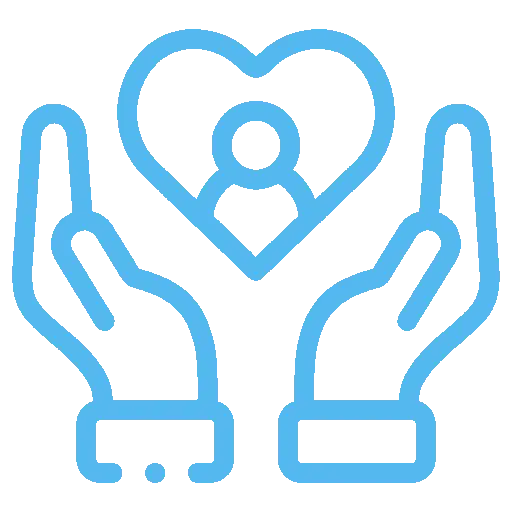Heroin Addiction Treatment in Bowling Green
In Bowling Green, heroin addiction and opioid abuse have had a significant impact on the community. In 2017, the Wood County Health Department reported that there were a total of 16 drug overdose deaths, with nearly 75% being attributed to opioids. This alarming statistic has prompted the local government to take action and implement programs and services to address the issue.
Treatment Programs for Heroin Addiction in Bowling Green, Ohio
Thankfully, there are several treatment options available in Bowling Green, Ohio for individuals struggling with heroin addiction. These programs aim to help individuals overcome their addiction and provide support for long-term recovery. The following are some of the treatment programs available in Bowling Green:
1. Detoxification Programs: These programs are designed to help individuals safely and comfortably withdraw from heroin and other opioids. The process of detoxification can be intense and may involve the use of medications to manage withdrawal symptoms.
2. Inpatient Rehabilitation: This type of treatment involves residing in a structured facility and receiving 24-hour support and care. Inpatient rehab programs typically offer a range of services including individual and group therapy, education, and aftercare planning.
3. Outpatient Rehabilitation: Outpatient rehab programs allow individuals to receive treatment while living at home. This type of treatment is usually recommended for individuals with less severe addiction or those who have already completed an inpatient program.
4. Medication-Assisted Treatment (MAT): MAT combines medication with other forms of therapy to manage the symptoms of withdrawal and prevent relapse. Medications such as methadone, buprenorphine, and naltrexone are commonly used in MAT programs.
5. Peer Support Groups: There are several peer support groups available in Bowling Green, including Narcotics Anonymous (NA) and Heroin Anonymous (HA). These groups provide a safe and supportive environment for individuals in recovery to share their experiences and provide support for each other.
Disorders Commonly Associated with Heroin Addiction in Bowling Green, Ohio
Individuals struggling with heroin addiction in Bowling Green may also have co-occurring disorders, such as mental health issues or other substance use disorders. According to a study by the Substance Abuse and Mental Health Services Administration (SAMHSA), nearly 40% of individuals entering treatment for heroin addiction also reported a co-occurring mental health disorder. Some of the most common disorders associated with heroin addiction include:
1. Depression: Many individuals struggling with heroin addiction also experience symptoms of depression, such as persistent sadness, loss of interest in activities, and changes in appetite and sleep patterns.
2. Anxiety: Anxiety disorders, such as generalized anxiety disorder and panic disorder, are also commonly associated with heroin addiction. These disorders can cause excessive worry, fear, and physical symptoms like heart palpitations and stomach issues.
3. Post-Traumatic Stress Disorder (PTSD): Individuals who have experienced trauma, such as physical or sexual abuse, are more likely to develop heroin addiction as a way to cope with their symptoms of PTSD.
4. Alcohol Use Disorder (AUD): According to the National Institute on Drug Abuse (NIDA), individuals with alcohol use disorder are more likely to also develop an addiction to opioids like heroin.
Facts about Heroin Addiction in Bowling Green, Ohio
1. The average age of first-time heroin use in Ohio is just 22 years old.
2. The number of heroin-related deaths in Ohio increased by more than 1,000% between 2000 and 2017.
3. Between 2006 and 2016, the number of people admitted to treatment for heroin addiction in Ohio increased by 380%.
4. In Wood County, where Bowling Green is located, there were a total of 63 drug overdose deaths from 2013 to 2017. Of these deaths, nearly 70% involved opioids.
5. In 2018, Ohio passed a law limiting the amount of prescription opioids that doctors can prescribe to patients. This is part of an effort to reduce the number of people becoming addicted to prescription opioids and eventually turning to heroin.
In conclusion, heroin addiction is a serious and widespread issue in Bowling Green, Ohio. However, there are resources available for those seeking help, such as treatment programs, support groups, and medication-assisted treatment. By educating the community and implementing effective interventions, Bowling Green can work towards reducing the impact of heroin addiction and promoting recovery for those struggling with this disease.

